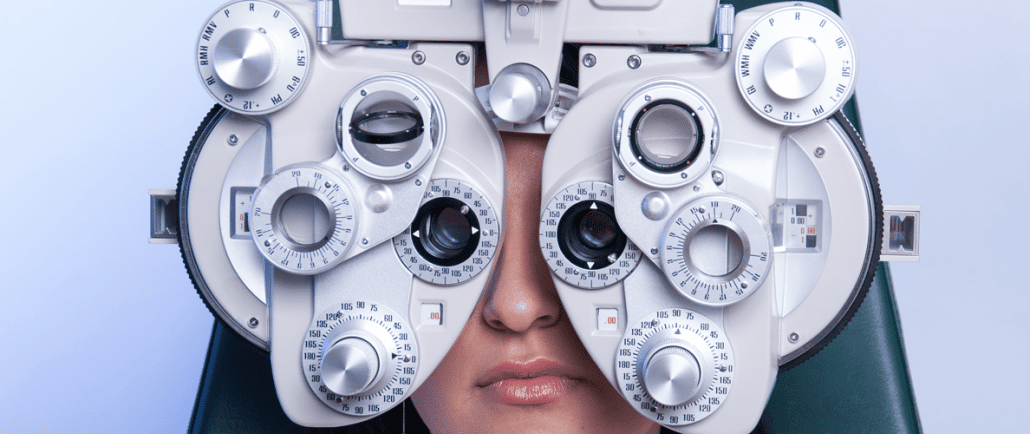
Inclusivity and aesthetics stand on equal footing for designers crafting experiences and interfaces to serve the needs of today’s users. Modern website design best practices featuring considerations like high contrast and appropriate content tags now influence many UX/UI decisions for organizations seeking to appeal to the largest user base.
While responsive websites make content more “inclusive” for diverse form factors, accessibility makes content more inclusive of the people using them — and their unique visual, verbal, cognitive and auditory challenges.
How common are accessibility-related challenges?
8% of caucasian males in the United States live with color blindness.
15-20% of users stateside live with a learning disability.
4-6% in the US, Canada and the UK experience hearing loss.
Welcome all users
Sites and services across the internet are created with web accessibility in mind, but remain largely unnoticed by the general public. Why? UX/UI teams have become adept at applying modern website design practices seamlessly. Here are 8.
Design flexible page layouts to work comfortably with display configurations and user needs.
Flexible design often means cleaner code. For this, your development team will thank you. If page layouts are built to be more flexible, software engineers will require fewer code hacks to account for device-specific variability.
The more user tastes and needs (one of which is form factor) are accounted for, the more accessible the content inherently is.
Limit horizontal scrolling required by users.
Imagine reading an article in low-light. What do you do to increase your ease of intake and comprehension? Increase the size of the text. Zooming in on a device takes care of that for the moment, but for many users, this is a daily reality.
Users with low vision require the ability to scale text to more comfortably to read it. Make sure this can happen without the excessive, and disorienting scrolling that so often accompanies it. 
Seek to remove dependencies created by stylesheets.
Color, text style, specific fonts and changes to the linear layout can all serve as players in creating these dependencies. Without some or all of these elements, designers can ensure their content remains usable is the stylesheets are disabled or an alternative stylesheet is applied for a specific subset of users.

Consider user accessibility as early as selecting the medium through which content will be delivered.
The responsibility starts by selecting whether a layout will be responsive. Some frameworks like Bootstrap have even created responsive out-of-the-box coding practices.
Unique from other spaces of equal scale, the Internet is a place where users regardless of age or disability can come together to interact. Accessibility ensures that experience is clear, even for users with special considerations.

Tier information to improve clarity for users working with screen readers.
Build your site with screen reader technology in mind. Installed on all Windows and Apple computer’s, screen readers allow for the blind to read, search and navigate online.
Make sure to order information so readers understand the context of what they are reading as it’s presented. Leave unnecessary text out, and only hyperlink when absolutely necessary as this is difficult to recognize for certain screen readers.
Page titles impact understanding in modern website design.
Web accessibility is as much about anticipating and designing to meet the needs of screen readers as ensuring information is presented thoughtfully. Men and women with disabilities sometimes use a single a device to experience the internet. These devices can vary from screen readers to keyboards or mice.
Giving your pages clear and differentiating titles seems like a modern website design best practice, and for many it is. But, it also furthers web accessibility, providing clear labels for specially equipped devices.

Visual text descriptions are not a value-add.
They are a necessity. Many websites explain the information being presented in image charts or graphs on the backend to facilitate consumption by users with the aid of screen readers. But, consider the frontend experience too. Especially on charts, color often isn’t enough.
Adding additional visual cues, like text, can add context for users without complete color comprehension.

Design for keyboard exclusivity.
Everyone has a keyboard for their computer, but most don’t use it exclusively to navigate the internet. For those that have difficulty moving a mouse or visually tracking a mouse cursor, relying on a keyboard is critical.
Developers testing sites for accessibility should include testing for keyboard exclusivity. This is simply asking: Can I find and see everything on the site without relying on the mouse at all. If the answer isn’t yes, then your site isn’t completely accessible.
The post Improving accessibility: 8 best practices to elevate modern website design appeared first on MentorMate.

























